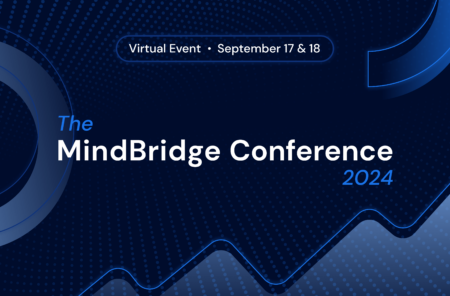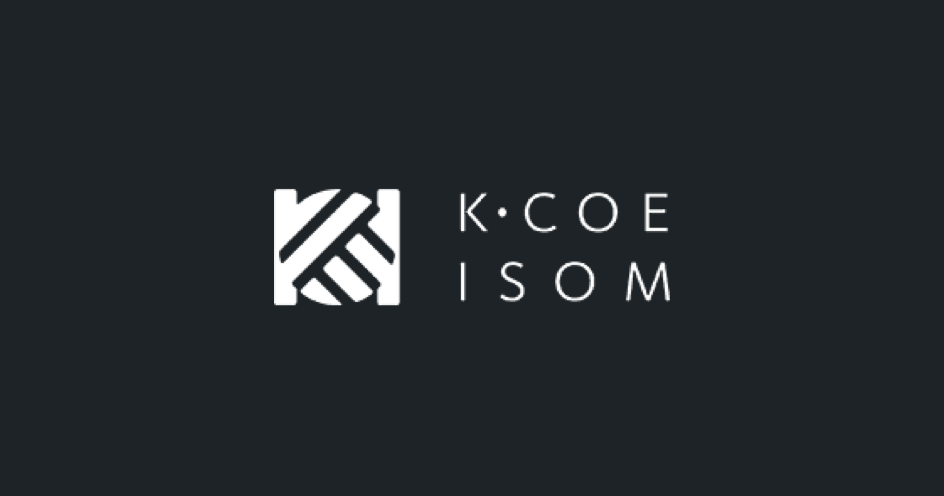At K·Coe Isom, we pride ourselves on providing unique insights and solutions that make a difference in the business of our clients. By being fully immersed in the agriculture and food industry, we offer a holistic view on the financial health of our clients and strive to be more business advisors than straight tax accountants and auditors.
A major component of our personalized services is the continued investment into new technologies that support strategic advisory insights that add value to our clients. We recently adopted an artificial intelligence-based audit platform, from MindBridge Ai, to analyze ledger data and report on risk for as many clients as possible. This case study explains what artificial intelligence (AI) is and how it was used to add value for a client.
What is artificial intelligence?
Over 60 years ago, the first AI projects were developed to solve the complex problem of language translation. Due to a lack of available computing power, progress was limited and remained on the fringes of academia until about ten years ago. Recent advances, such as IBM Watson defeating a Jeopardy! champion and Tesla putting self-driving cars on the road have proven the viability of computers that can think like humans. Now called the “Fourth industrial revolution,” the rate of AI adoption is accelerating and has reached the accounting industry.
AI automates many tasks that were previously done manually, such as ingesting client data, and it analyzes 100% of the dataset without requiring a human to write scripts, create tests, or remember all the rules. More than that, the very nature of AI means that it is constantly learning about and identifying patterns in data. As these systems learn more about client transactions, they can analyze secondary data and cross-correlate hundreds of variables to establish the transactions that are “correct” and those that require further investigation by a person.
One example is the identification of rare ledger entries using empirical methods, leveraging the science of determining what is usual versus unusual. Called “unsupervised learning,” or inferring patterns in data without having labelled or known outcomes, these AI methods detect outliers in transactions without bias or history, letting the data speak for itself.
Ultimately, AI helps auditors go beyond traditional sample sizes and auditing rules, much faster than before.
Using AI to audit
The client in this user story is an ethanol manufacturing facility turning local corn and milo into fuel. The plant has been operating continuously since 2013, delivering ethanol to fuel terminals that are consumed throughout the U.S.
The business needs of the client demanded a unique level of domain expertise to perform their yearly audit. The manufacture of biofuels requires large amounts of capital investment to acquire and maintain ethanol plants – it’s not uncommon to see upwards of several hundred shareholders in the business. The audit needs for this client were truly compliance-based, rendering statements to shareholders and the governance to communicate the financial position of the company.
For K·Coe Isom, we want the compliance work for clients to be more than just compliance-driven. As the Senior Associate on this audit stated, “To act as a strong business advisor, we wanted to take our regular annual work and build value on top of it.”
MindBridge Ai Auditor was deployed at the beginning of the process and used from the planning stages all the way through to the issuance of the annual audit. It started with a dump of the general ledger from the client and almost immediately, the differences between an AI-based engagement and traditional approaches were apparent. “Normally it’s a very manual process, scanning a subset of the Year-to-Date financials and determining what falls outside expectations,” says the Senior Auditor. “With Ai Auditor, we could look at every single transaction and identify those unusual transactions fairly quickly.”
The AI-based risk analysis and reporting also helped find items that were not readily apparent. The Senior Auditor explains, “We used the AI-based analysis for materiality limits and dug out medium and high-risk items – anything that wasn’t green in the report – to run samples on during the planning stage. It helped determine completeness and existence on the balance sheet to give a holistic view of their business.”
The AI risk assessment identified two transactions that would not have been found under traditional testing conditions. The client had underreported liabilities and the finding, although immaterial, was a value-added opportunity that we were able to offer the client. The client discovered that a new employee had mistakenly looked at the wrong dates on invoices and had pulled data that was incorrect. This insight resulted in the client changing their internal procedures to prevent the situation from occurring again.
Ai Auditor was also used to report on transactions that touched equity, resulting in the discovery of an undisclosed distribution. Unlike many businesses, the client did not have a policy of issuing board minutes where these types of payouts are typically recorded. The AI analysis quickly identified the item and the amount paid out by the client.
Indirect benefits of AI
The use of AI also helped with reasonableness testing. “As part of our role as trusted advisors, we paid close attention to grain and ethanol prices and their relationship to the business,” says the Senior Auditor. “We loaded three years of market pricing data into Ai Auditor and compared it to the client income statements. We quickly saw that a dip in the financials lined up with a dip in prices.”




